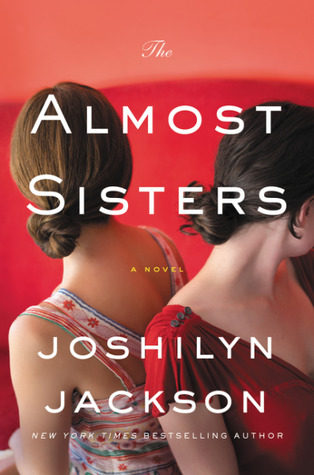 The Mismeasure of Man by Stephen Jay Gould, 424 pages
The Mismeasure of Man by Stephen Jay Gould, 424 pages
The Mismeasure of Man was first published in 1981, then expanded and republished in 1996 as a response to the scandalous success of The Bell Curve. It is a testament to the strength of Gould's work that a book published thirteen years before The Bell Curve can plausibly be advertised as "The Definitive Refutation to the Arguments of The Bell Curve", and it helps that a major part of Gould's thesis is that the claim of some scientific basis for racial prejudice is one that recurs again and again over the course of the last two centuries.
The specific target of Gould's critique is the concept of intelligence as something measurable, heritable, and unchangeable. More generally, he argues that the interpretive dimension of scientific inquiry renders it deeply vulnerable to the biases of its practitioners. He begins with a history of attempts to quantify human intelligence (and, after Darwin, evolutionary progress) through physical measurements including craniometry and anthropometry. He then describes the development of the modern regime of standardized IQ testing from its French roots to its American apostles. Throughout, he demonstrates how the biases of generations of researchers manipulated and twisted the data - sometimes consciously but more often unconsciously - to fit their assumptions about race and intelligence, demanding that public policy be determined on the basis of "settled science" no matter how "unappetizing".
Gould is generally affable and entertaining, although he sometimes tries too hard - most readers will understand that the Spanish were not always honest in their relations with indigenous Americans without a rhetorical question about Pizarro's trustworthiness. Still, given the often technical mathematical nature of the book, every attempt at humor is welcome even if it occasionally fails.
Self-confessedly, Gould had a political purpose in writing the book. Because of that, he tends to pass over the progressive politics of many of his key subjects from the nineteenth and early twentieth centuries, leaving the impression that their scientific racism was the product of atavistic, possibly unconscious, reactionary impulses. This is somewhat ameliorated by a brief passage explaining the appeal of Lombrosian morphology to the post-Enlightenment progressive desire to radically restructure society along supposedly scientific lines, but the passage is easily lost after pages of insinuation which seem to suggest, for example, that Henry Goddard, one of the leading American proponents of eugenics, was a conservative elitist instead of a progressive technocrat concerned that the "unfit" must be managed lest they "clog the wheels of human progress."
There has not been another surge in scientific racism since the aftermath of the publication of The Bell Curve, at least outside of some fetid corners of the "Dark Enlightenment". Perhaps it is only a matter of time. But Gould's work raises other pressing questions as well. To what extent can scientific objectivity, especially in the social sciences, be trusted and used to shape public policy? How reliable are more recent attempts to explain intelligence through biology, or criminality through abnormal brain activity? If it was Cyril Burt's work, now known to be fraudulent, that solidified the claims of psychology to be a "real science", where does the debunking leave the social sciences? And given the ubiquity of standardized testing and our seemingly ever-increasing dependence upon it as a method of evaluating students and teachers, doesn't the conclusion that IQ is an illusion strike at the heart of the modern mythology of meritocracy?















